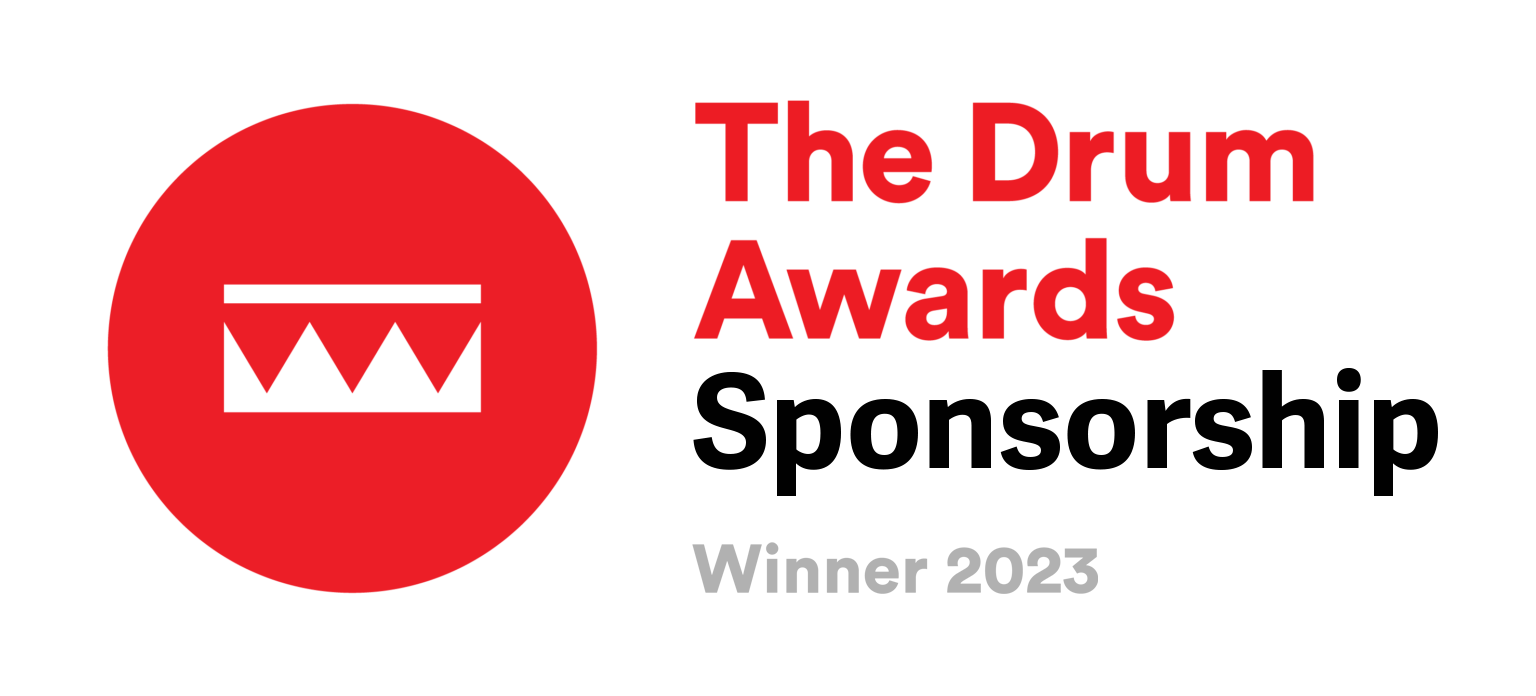Date Added: 24.06.2025
Mins Read: 5 mins
Author: Chris Southgate
What is Brand Identity? A Guide to Creating Brand Identity
What is Brand Identity? A Guide to Creating Brand Identity
In today’s world, it’s easy to get lost in the crowd, especially when brands are popping up left, right and centre. But what if you could create something that really resonates with people? Something that builds lasting relationships? That’s the power of a strong brand identity. It’s more than just a logo; it’s about connecting with your audience on a deeper level. Whether you’re just starting out or looking to revitalise your brand, understanding how it plays a part of brand development is key.
Now, you might be wondering, what exactly do we mean by ‘brand identity,’ and why is it so significant?
Here at CHS, we’re an independent creative agency, and we dedicate ourselves to helping businesses develop strong brand identities that resonate with their audiences. We know a thing or two about brand identity and what it entails, why it plays such a crucial role, and provide some guidance on how you can establish a robust brand identity for your own business.
What is brand identity?
Brand identity is the collection of all visual, verbal, and emotional elements that represent a brand and helps it be distinguishable from competitors. It’s how a brand presents itself to the world and how consumers perceive it. Brand identity can often be confused with branding or brand image, but the identity is more of the tangible expression of a brand’s values, mission, and personality.
Brand identity can be made up of the following:
Visual elements
- This includes the logo, colour palette, typography, imagery, and overall design style. These elements should be consistent across all platforms.
- Think of it as the ‘face’ of your brand and what you picture in your mind when you think of it.
Core values and personality
- Brand identity also encompasses the underlying values, mission, and personality of a company.
- It’s about conveying what your brand stands for and how it wants to be perceived.
Communication style
- The tone of voice used in marketing materials, social media, and customer interactions is a crucial part of brand identity.
- Are you friendly and approachable, or professional and authoritative? How you come across in your communications says a lot about your identity.
Overall brand experience
- Brand identity contributes to the overall customer experience, from the moment they encounter your brand online to their interactions with your products or services.
In essence, brand identity is how a company shapes its public perception and builds recognition – it’s the collection of all the things that make your company, your company and different to all the others
Why is brand identity important?
Having a solid brand identity isn’t just another fluffy marketing idea, it actually does lots of useful things that can benefit your brand long-term. Think about it: you want people to instantly know it’s you, you want them to stick around, and you want them to keep coming back because they like what you’re about. That’s what a good brand identity gets you.
1. Differentiation in the market
With countless businesses competing for attention, having a distinctive brand identity helps set your brand apart. A unique identity means that customers can recognise and remember your brand.
2. Building credibility and trust
Consistent branding creates familiarity, which ultimately leads to trust. Customers are more likely to engage with and purchase from brands that appear professional, cohesive, and reliable.
3. Creating brand recognition
Think of some of the biggest brands like Apple, Nike, or Coca-Cola. Their logos, colour schemes, and messaging are instantly recognisable world-wide. A strong brand identity helps customers easily identify and recall your brand.
4. Supporting marketing activity
A strong brand identity is the bedrock of your marketing. It guarantees that every single place someone interacts with your brand, whether it’s online or in person, they’re getting the same clear sense of your brand’s personality.
5. Attracting and retaining customers
People buy from brands they understand and resonate with – they want to feel like you’re on the same page, sharing the same values. A good brand identity builds that connection, making customers feel like they belong, and that’s what keeps them coming back.



What are the elements of a strong brand identity?
There are several key elements for creating a successful brand identity:
1. Defining your brand purpose and values
Before designing any visuals, it’s important to define what your brand stands for. You and your team should brainstorm and think about the answers to these types of questions:
- Why does your brand exist?
- What problems does it solve?
- What values does it uphold?
A well-defined purpose helps guide all branding decisions and ensures authenticity.
2. Creating a striking logo design
Your logo is the face of your brand and the memorable aspect that an audience recognises. A great logo should be:
- Simple yet distinctive
- Memorable and versatile
- Reflective of your brand’s personality
3. Establishing your colour palette and brand tones
Colours have a bigger part to play than you may think when it comes to brand identity – they have the power to evoke emotions and influence perceptions. Choosing the right colour palette can reinforce your brand message. Here are just a few examples:
- Blue conveys trust and professionalism – many social media platforms tend to use blue tones for this reason.
- Red evokes excitement and passion
- Green symbolises nature and sustainability
4. Typography and fonts
You might not think about it much, but the font a brand uses actually says a lot about their identity. A traditional law firm will subtly project reliability with a classic font, while a creative agency will use a modern font to reflect their innovative nature.
5. Imagery and design elements
You want people to see your images and instantly think of your brand. So, whatever style you choose – clean photography or hand-drawn art – make sure it reinforces the feeling you want your brand to give off
6. Brand voice and messaging
Your tone of voice should reflect your brand’s personality. Ask yourself, is your brand:
- Friendly and conversational?
- Professional and authoritative?
- Playful and humorous?
Consistency in brand messaging builds trust and makes your brand more recognisable across different platforms.
We believe that a strong brand identity is the foundation of a successful business. Yes, it’s more than just a logo – it’s the entire experience you create for customers and how you make them feel. At CHS, we specialise in helping brands create unique, compelling identities that capture attention and build lasting connections.
Whether you’re launching a new brand or refining an existing one, investing in a solid brand identity is one of the most important steps you can take. Need help with your brand identity? Get in touch with CHS today, and let’s bring your brand to life!
Our
Awards
B2B Campaign Winner 2024

Sponsorship Winner 2022

Best Paid Social Winner 2021

Best Use of Video Winner 2021

Highly Commended - PMAs 2022

Best Finance Campaign 2021

Best Financial Services
Campaign Winner 2020

Best Financial Services
Campaign Winner 2020

Rated 9.2 out of 10
from our clients

Marks & Spencer Food Portraiture 2nd Place 2020


